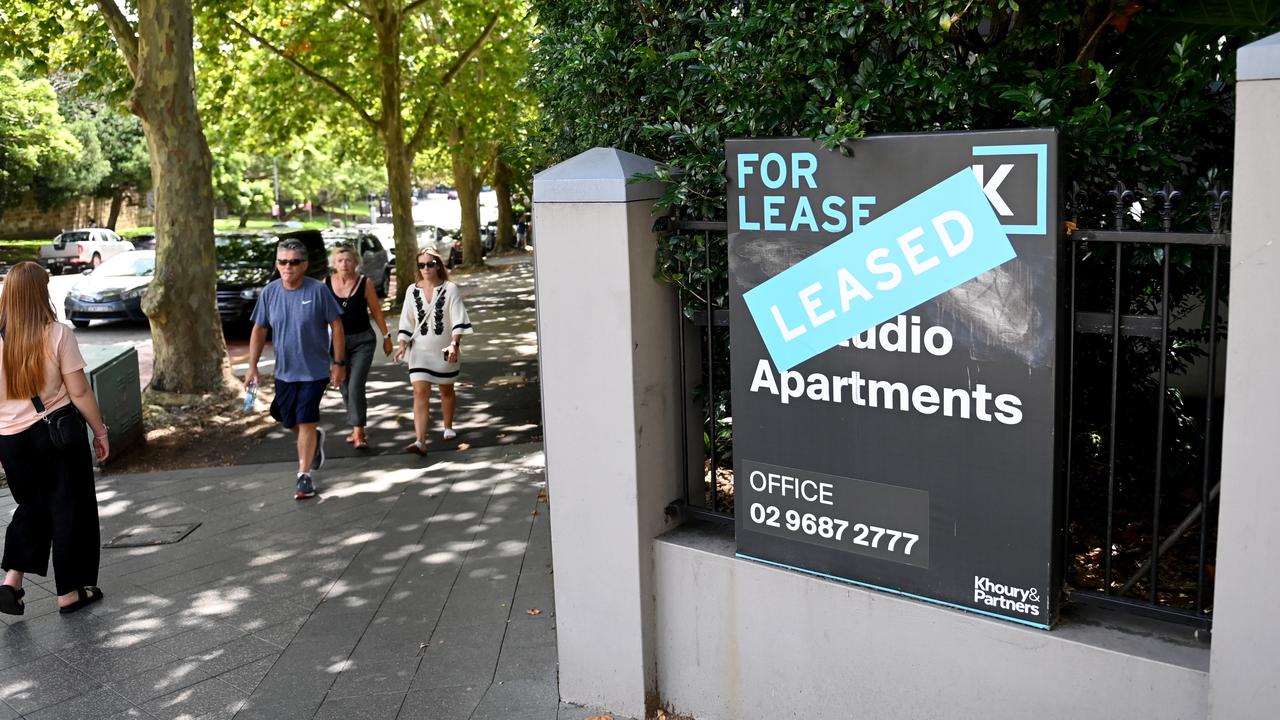The Coach: Should I borrow to buy shares?

A: Investment gearing makes sense provided the long-term rate of return is higher than the interest costs of borrowing. You need to weigh up the interest costs of the lending facility you choose and the flexibility in loan terms you require. The costs of gearing will depend on the type of loan facility.
Typically home loan redraw offers the lowest interest rate cost. The asset securing the loan is your property.
Lenders will typically allow you to borrow up to 80 per cent of the value of your home without paying mortgage insurance. The other advantage of redrawing off your home loan is there will be no margin call.
Margin lenders remain common for borrowing to buy shares, although it is no longer the sole avenue to gearing share portfolios. Margin lenders usually lend up to 70 per cent of the value of the investment assets securing the loan. A margin call occurs when the value of the assets falls to a point where the loan represents 80-85 per cent of the value of the assets.
A lender will require the loan to be reduced to an agreed percentage of the market value of the assets securing the loan. You can provide additional securities or pay down the loan. Margin calls can be avoided by having a buffer of emergency funds to meet a margin call.
An unsecured principal and interest personal loan is not secured by the investment assets and as such you will pay a substantially higher interest rate. The amount you can borrow will be determined by your credit record and your income. Lenders typically will limit the amount you can borrow to no more than $50,000.
An alternative form of borrowing is an unsecured line of credit. While the rates may be higher than a principal and interest loan, you only need to meet the interest costs on a regular basis and no capital payments. The loan is unsecured and therefore there is no risk of a margin call.
Strategies to reduce risk and volatility would be to invest on a regular basis by dollar cost averaging. This smooths out the purchase price of assets.
Ultimately your decision should be governed by how long you intend to invest for, how much gearing you are prepared to take on, how healthy your cash flow is and how much of your capital you want to commit.
Q: I am looking to borrow to invest. Can you give me feedback on the NAB Equity Builder loan facility?
A: The NAB Equity Builder is a principal and interest loan facility that investors can use to invest in a broad range of approved managed funds, exchange traded funds, listed investment companies and separately managed accounts. The minimum loan facility amount is $10,000 and the maximum loan amount is subject to your income, assets and credit record.
Loan terms can vary from 3 to 10 years. Loan repayments are made on a monthly basis with the ability to make additional repayments at any time.
Investors are not obliged to fully draw on the loan facility at commencement but can draw on the loan facility to build their portfolio over time. Gearing levels for investments range from between 70 per cent and 90 per cent.
NAB takes security over the investment assets and the borrower provides a personal guarantee for the loan. Assets may be sold by investors to reduce or discharge any loan liability at any time. One of the unique features of the facility is that there is no marginal call if the value of the assets falls.
Your obligation is to meet your minimum monthly principal and interest repayments.
Presumably this recognises the obligation to choose from a range of approved professional fund managers. Keep in mind the product is not for shares, but share funds.
The standard variable rate charged on the facility is 5.9 per cent per annum, but NAB have a discount rate of 3.9 per cent p.a. This rate will apply for the life of the loan or until NAB withdraws or varies the offer.
A product such as NAB Equity Builder may suit investors prepared to accept investment risk, with good cashflow and earning stable reliable income.
As with any loan, there are risks to be considered; capacity to borrow, personal cashflow, continuity of income and general market risks.
Ideally a potential user of such as product would discuss the suitability of this facility with their financial adviser.
Andrew Heaven is an AMP financial planner at WealthPartners Financial Solutions.
andrew@wealthpartners.net.au






Q: With the market outlook improving it looks like a good time for shares. What choices do I have if I want to borrow — or gear — into shares?